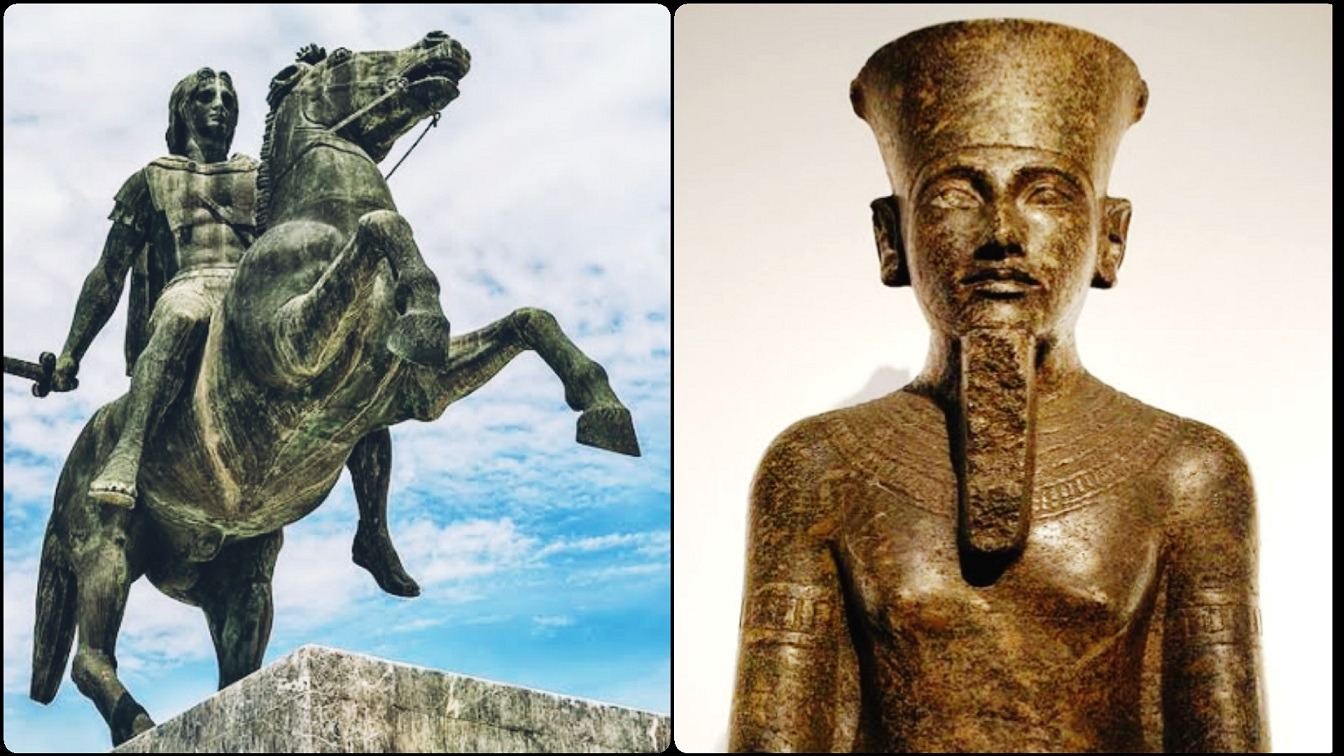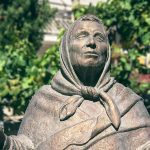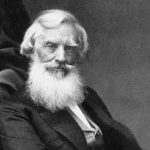1. Gold medallion with Alexander the Great
Date Created: ca. 215-243 (Imperial Roman)
Gold; d0.75 cm
Discovered at Aboukir, Egypt
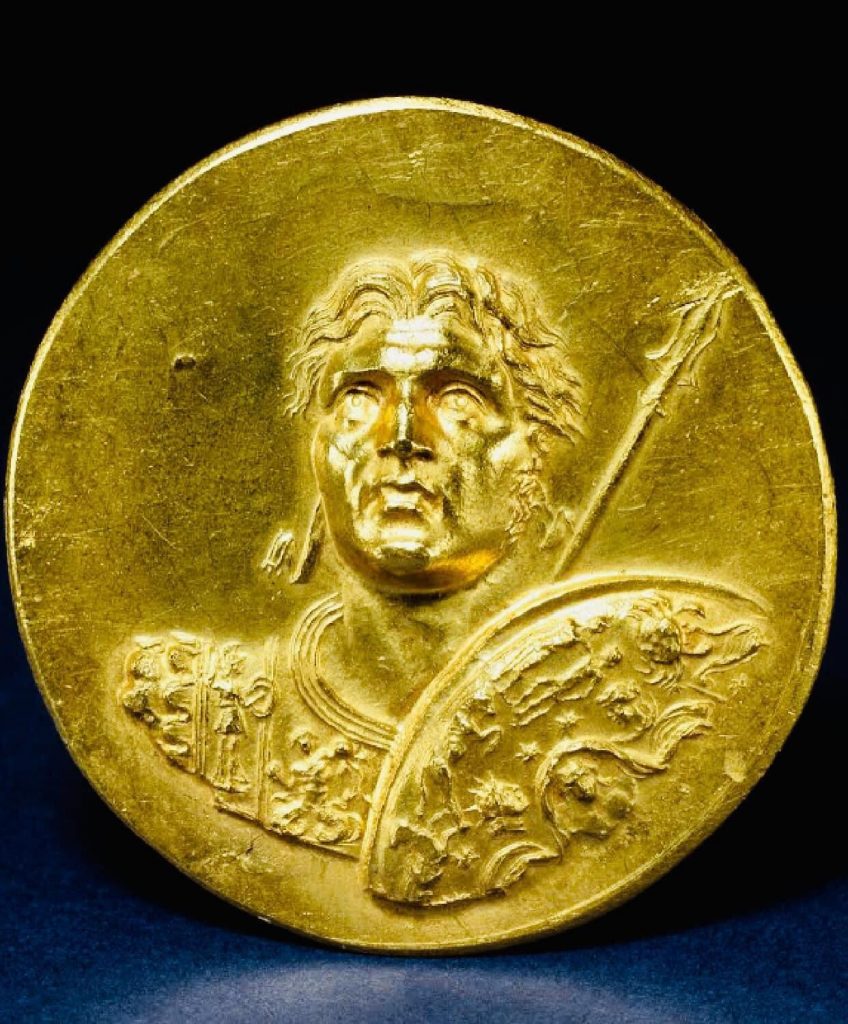
In the organization of his empire, Alexander had been content in many spheres to improvise and adapt what he found. His financial policy is an exception; though the details cannot be wholly recovered, it is clear that he set up a central organization with collectors perhaps independent of the local satraps.
That this proved a failure was partly due to weaknesses in the character of Harpalus, his chief treasurer. But the establishment of a new coinage with a silver standard based on that of Athens in place of the old bimetallic system current both in Macedonia and in Persia helped trade everywhere and, combined with the release of vast amounts of bullion from the Persian treasuries, gave a much-needed fillip to the economy of the whole Mediterranean area.
This piece was discovered in Egypt as part of a hoard that comprised about twenty similar medallions. This particular medallion shows Alexander the Great gazing heavenward and bearing a shield decorated with signs of the zodiac.
This portrait shows him with his hair pulled back. He wears a decorated cuirass with a figure of Athena on the shoulder strap and, on the chest, a scene from the Gigantomachy (War of the Giants).
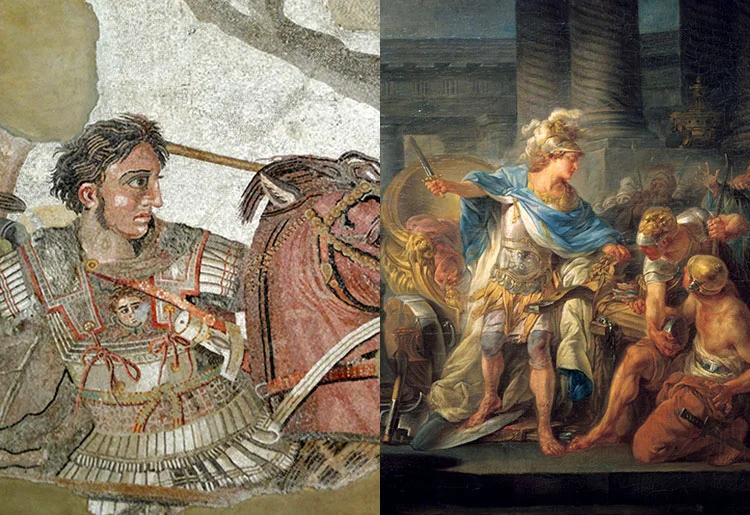
2. Declared Son Of God Amun
“Alexander III of Macedon” was born on July 20, 356 B.C in Pella and died on June 323 B.C. He was the king of Macedon “The Ancient Greek Kingdom”. He was able to unite Greece, conquered the Persian Empire and re-establish the corinthian league. He was able to remove the Persian Empire, took Macedonian arms to India, in addition to establishing the foundations for the Hellenistic world. He also became the hero of the legend bearing only the sketchiest resemblance to his historical career.
In Autumn 332 B.C., Alexander the Great, who was only 24 years old at the time, was crowned pharaoh in Memphis. He visited the Temple of the Oracle of Amun in the Western Desert of Egypt, not far from the border of Libya. The great Macedonian conqueror was declared the son of god Amun. This was a special title because Amun was worshiped as the god of the Egyptian creator. He was considered the king of the gods and the physical father of all pharaohs.
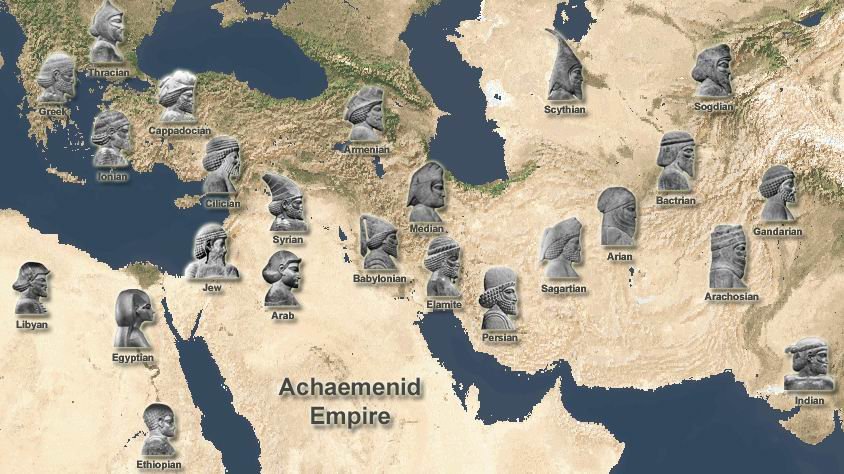
Alexander the Great was now the ruler of Egypt, and unlike the Persians, he encouraged people to keep practicing their native religion. Interestingly, he said that he prayed to Egyptian gods for guidance but never revealed what they had told him. Though Alexander the Great spent two months living as comfortably as a god at the palace, he certainly did not neglect his duties as a ruler.
Acting as a pharaoh and military commander, Alexander the Great restored political power in the country and appointed Egyptians. But he didn’t take unnecessary risks and ensured Egypt’s armies remained under Macedonian command. Before he left to conquer new lands, he founded the city of Alexandria along the coast of the Mediterranean Sea in the north-central part of Egypt. Famous for its stunning lighthouse and great library Alexandria was once the second most powerful city of the ancient Mediterranean region, after Rome.
Alexander the Great died on June 13, 323 B.C of Malaria in Babylon “Iraq“and he was just 32 years old after founding more than 70 cities, created an empire that stretched across three continents, and spread Greek culture and language into new regions. His son from Rhoxana was born after some months of his death. Alexander’s empire collapsed after his death. As a side of Alexander’s empire, the cultures of Greece thrived, which became part of his legacy..
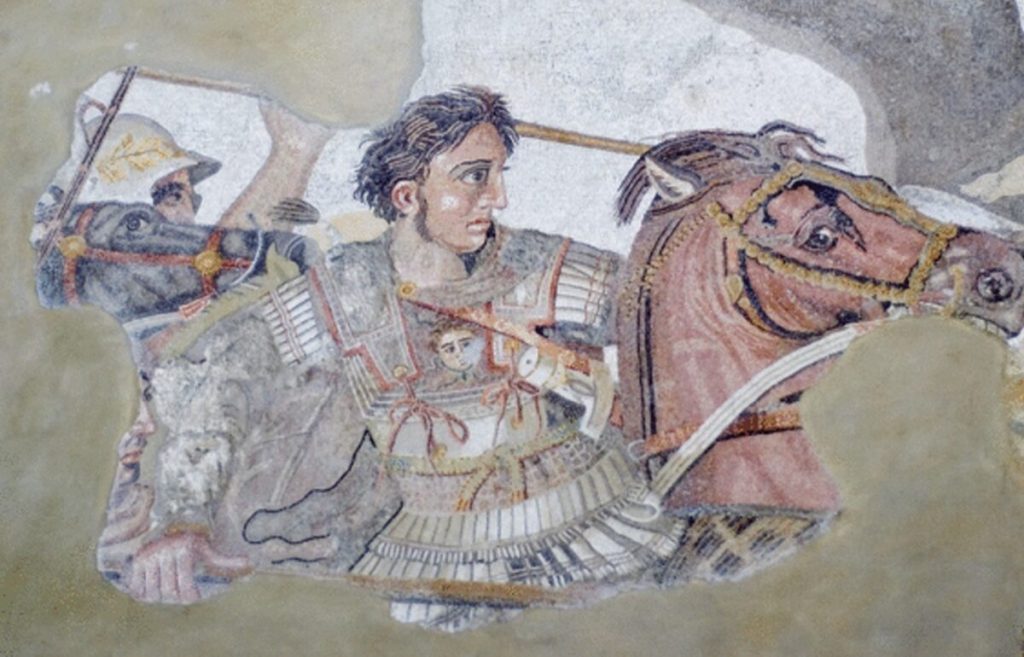
Modern visitors to Egypt are often unaware of just how many of the ancient sites on their itinerary were constructed not by Egyptian pharaohs but by the Greek and Macedonian foreign powers, or later by the Romans. The beginning and end of the period of Greek domination are marked by two especially famous personalities, Alexander the Great (356–323 BC) and Cleopatra (ca. 69–30 BC), who – despite her affairs with high-ranking politicians – ultimately lost her Egyptian kingdom to Augustus (63 BC–14 AC) and thus to the Roman world power.
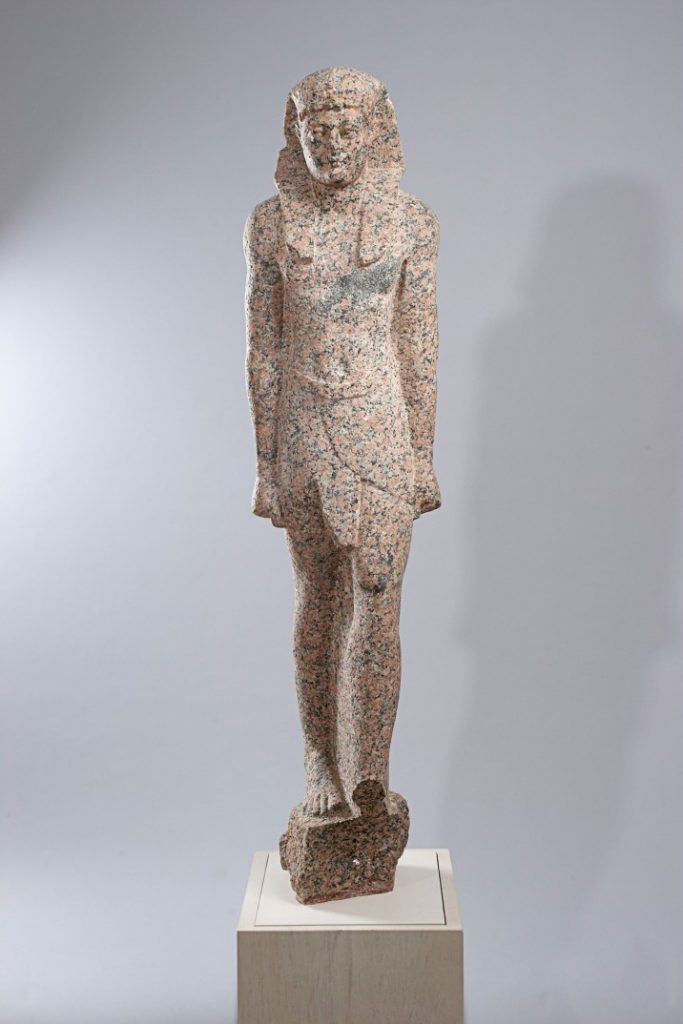
When Alexander conquered Egypt and the East, he adopted a considerate attitude toward the existing cultures and religions. His staff included philosophers, scholars, and scientists. Already three thousand years old, Egyptian art – its beauty but also its overwhelming physical dimensions – exerted a power that no one could resist.
Thus, pharaonic art retained its existing formal character but also proved capable of absorbing new influences. New cities were founded entirely under the sign of acculturation. The Greek world merged with the Egyptian one, producing an exciting stylistic mix. This beautiful, smaller-than-life-size pink granite statue displays a lassical Greek face in the body of a pharaoh.
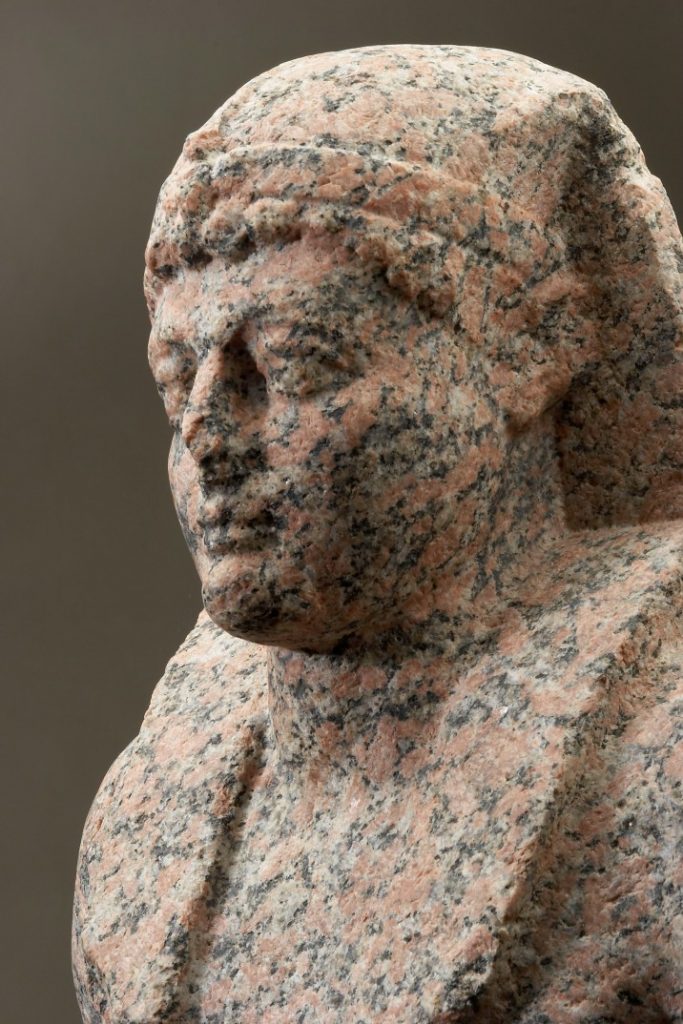
It is therefore a representation of Alexander the Great or one of his successors.
Source: https://www.ancientpages.com
https://www.liebieghaus.de/en/antike/alexander-great-pharaoh

